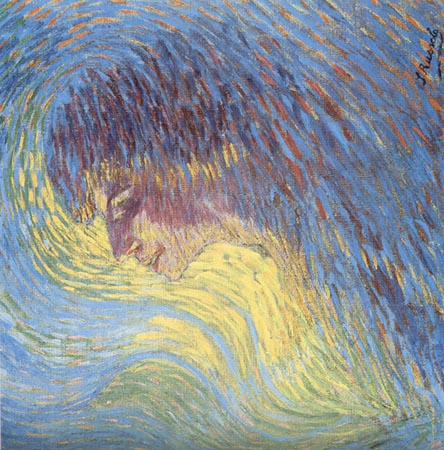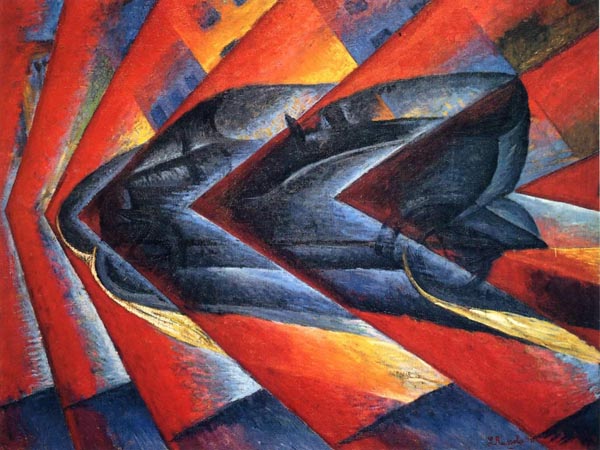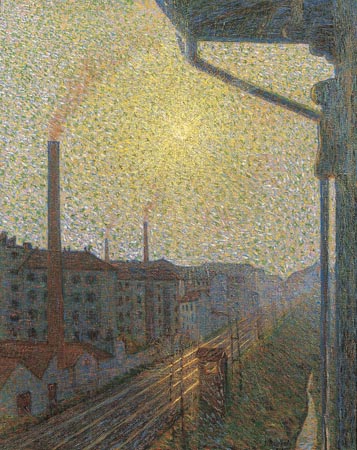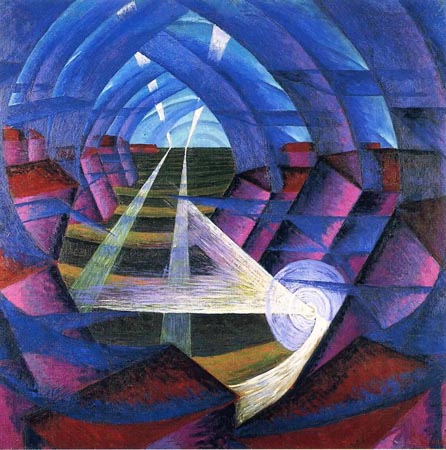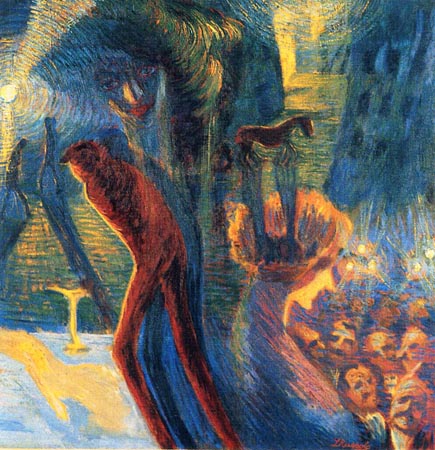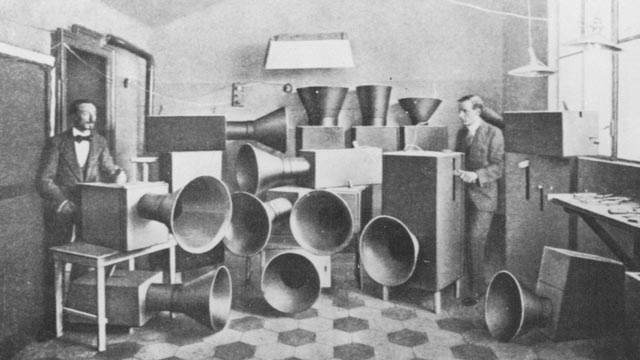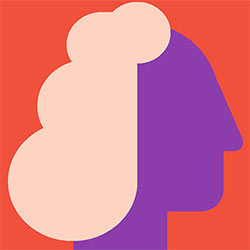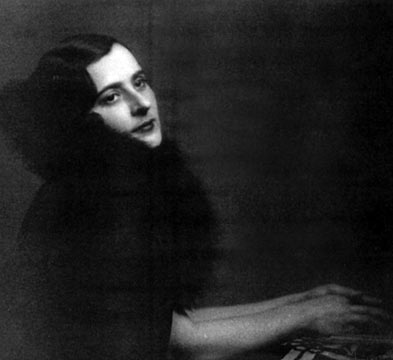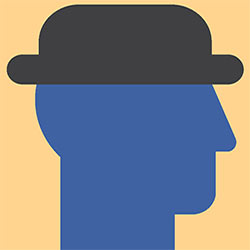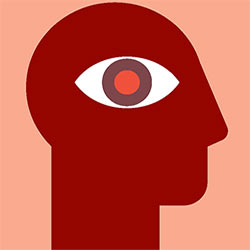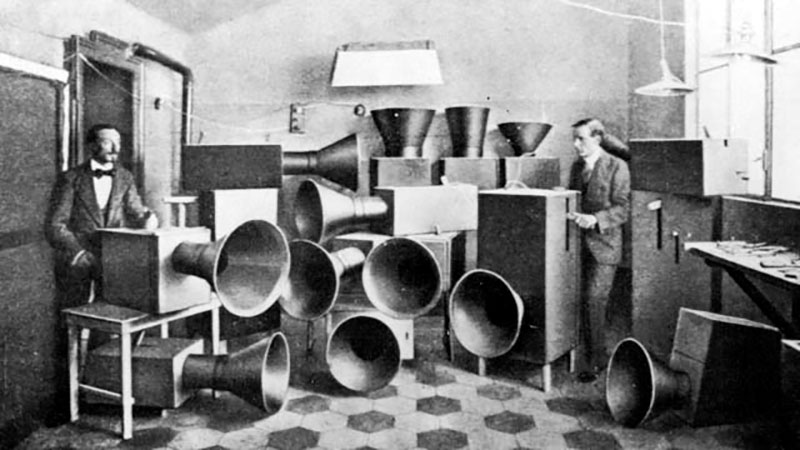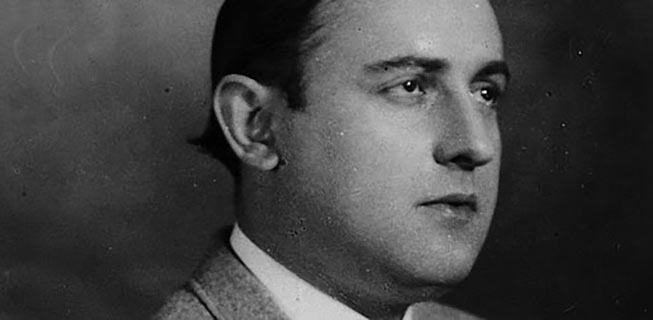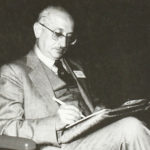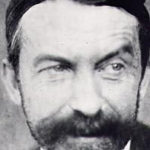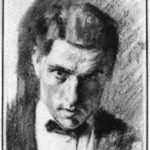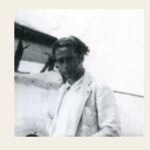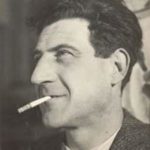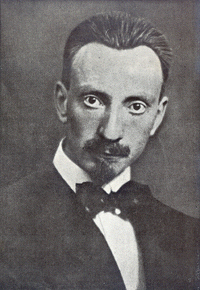
Russolo Luigi
Luigi Russolo (Portogruaro, 30 aprile 1885 – Laveno-Mombello, 4 febbraio 1947) è stato un compositore e pittore italiano.
Futurista e firmatario del manifesto L’arte dei rumori (11 marzo 1913), in cui si teorizzava l’impiego del rumore per arrivare a comporre una musica costituita da rumori puri invece che suoni armonici, è considerato il primo artista ad aver teorizzato e praticato il concetto di noise music.
La sua musica veniva eseguita con uno strumento da lui stesso ideato, l’Intonarumori, un apparecchio meccanico capace di sviluppare suoni disarmonici e avanguardistici subito battezzati, nelle performance di quel movimento, “musica futurista”; nel 1922 costruì il “rumorarmonio”, mezzo necessario ad amplificare gli effetti musicali creati dall’intonarumori.
Nato a Portogruaro nel 1885 e morto a Cerro, frazione di Laveno-Mombello, nel 1947, la sua figura di pittore, musicista e inventore, rimane tra i protagonisti del futurismo e il debito che tutta la musica del Novecento ha per la sua intuizione di un nuovo mondo sonoro nel quale il rumore si fa musica non è ancora stato riconosciuto fino in fondo.
Stabilitosi a Milano nel 1901 frequenta l’Accademia di Belle Arti di Brera, partecipando in quel periodo al restauro del Cenacolo di Leonardo a Santa Maria delle Grazie.
I suoi manifesti ed il volume “L’arte dei rumori”, uniti all’invenzione degli “Intonarumori”, strumenti capaci di generare un rumore modulato in altezza, precorrono infatti tutta l’esperienza della Musique Concrète e della musica elettronica. Russolo inventò anche l’arco enarmonico e il piano enarmonica, ma soprattutto il rumonarmonico, che riuniva vari intonarumori insieme, pilotati da tastiere e pedaliere simili a degli armonium. Tutti questi strumenti furono impiegati nel 1927 per gli spettacoli della pantomima futurista al Thèatre de la Madeleine di Parigi. La partitura di Risveglio di una città (una composizione definita “spirale di rumore” dall’autore) è andata perduta.
Negli ultimi anni della sua vita si dedicò ad esperimenti di metapsichica e pubblicò il volume Al di là della materia (Milano 1938, Brocca). Riprese a dipingere nel 1941-42, in uno stile vagamente naif che egli stesso definì “classico moderno”.
Nel 2009 a Portogruaro, la sua città natale, gli è stato dedicato il nuovo teatro cittadino.
Luigi Russolo è morto a Laveno-Mombello, Varese, il 4 febbraio 1947.
UN BRANO MUSICALE DI LUIGI RUSSOLO
Luigi Russolo (30 April 1885 – 6 February 1947) was an Italian Futurist painter, composer, builder of experimental musical instruments, and the author of the manifesto The Art of Noises (1913). He is often regarded as one of the first noise music experimental composers with his performances of noise music concerts in 1913–14 and then again after World War I, notably in Paris in 1921. He designed and constructed a number of noise-generating devices called Intonarumori.
Luigi Russolo was perhaps the first noise artist. His 1913 manifesto, L’Arte dei Rumori, translated as The Art of Noises, stated that the industrial revolution had given modern men a greater capacity to appreciate more complex sounds. Russolo found traditional melodic music confining, and he envisioned noise music as its future replacement.
Russolo designed and constructed a number of noise-generating devices called Intonarumori, and assembled a noise orchestra to perform with them. A performance of his Gran Concerto Futuristico (1917) was met with strong disapproval and violence from the audience, as Russolo himself had predicted. None of his intoning devices have survived, though recently some have been reconstructed and used in performances. Although Russolo’s works bear little resemblance to modern noise music, his pioneering creations cannot be overlooked as an essential stage in the evolution of the several genres in this category.Many artists are now familiar with Russolo’s manifesto.
At first the art of music sought purity, limpidity and sweetness of sound. Then different sounds were amalgamated, care being taken, however, to caress the ear with gentle harmonies. Today music, as it becomes continually more complicated, strives to amalgamate the most dissonant, strange and harsh sounds. In this way we come ever closer to noise-sound.
Antonio Russolo, another Italian Futurist composer and Luigi’s brother, produced a recording of two works featuring the original Intonarumori. The phonograph recording, made in 1921, included works entitled Corale and Serenata, which combined conventional orchestral music set against the sound of the noise machines. It is the only surviving contemporaneous sound recording of Luigi Russolo’s noise music.
Russolo and Filippo Tommaso Marinetti gave the first concert of Futurist music, complete with intonarumori, in April 1914, causing a riot.
The program comprised four “networks of noises” with the following titles:
- Awakening of a City
- Meeting of cars and airplanes
- Dining on the terrace of the Casino
- Skirmish in the oasis.
Some of Russolo’s instruments were destroyed in World War II; others have been lost. Replicas of the instruments have since been built.
